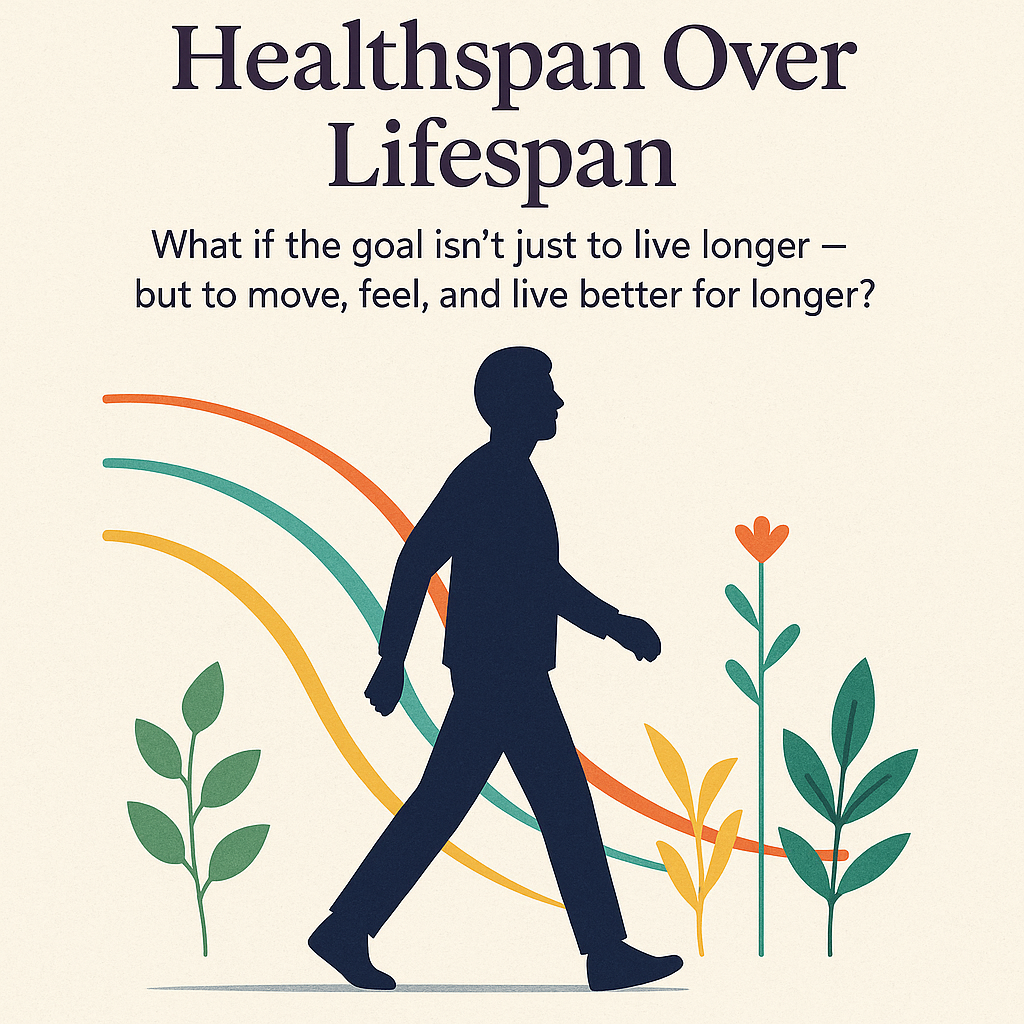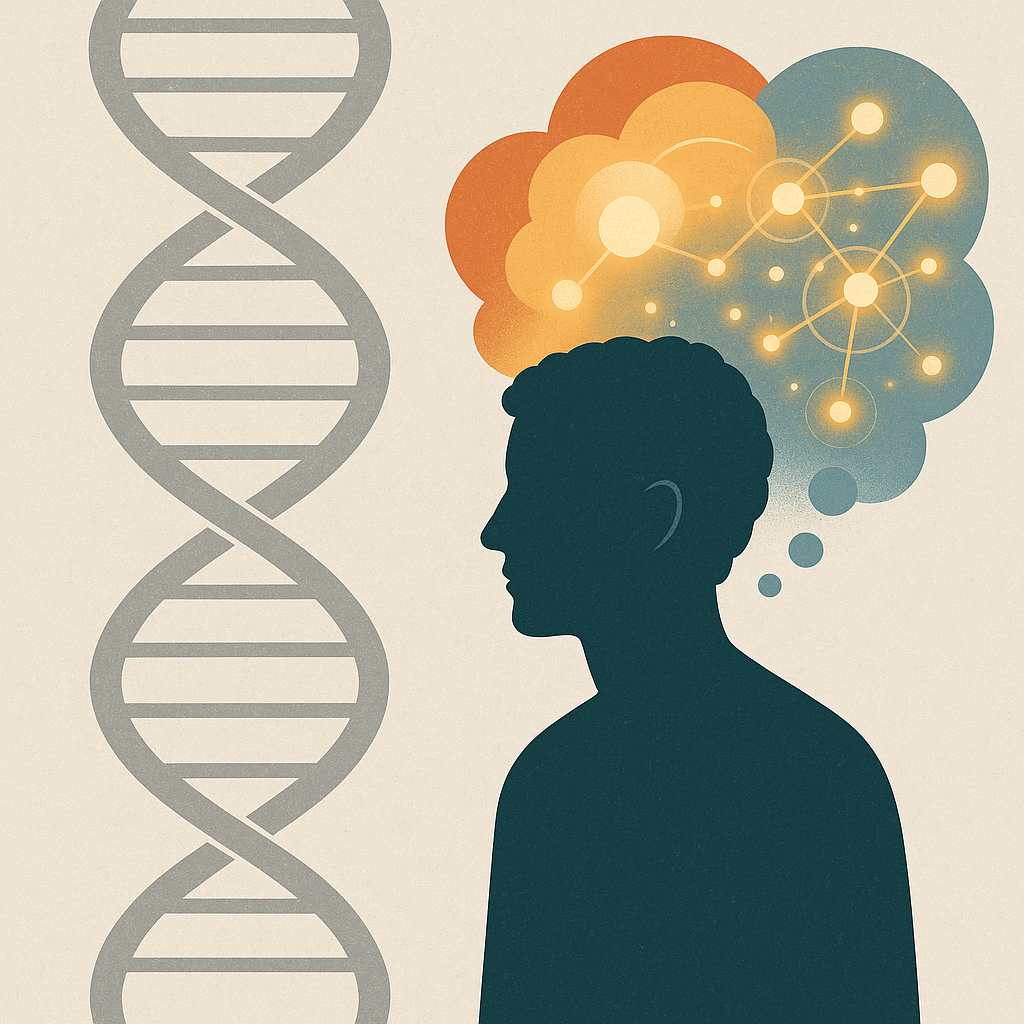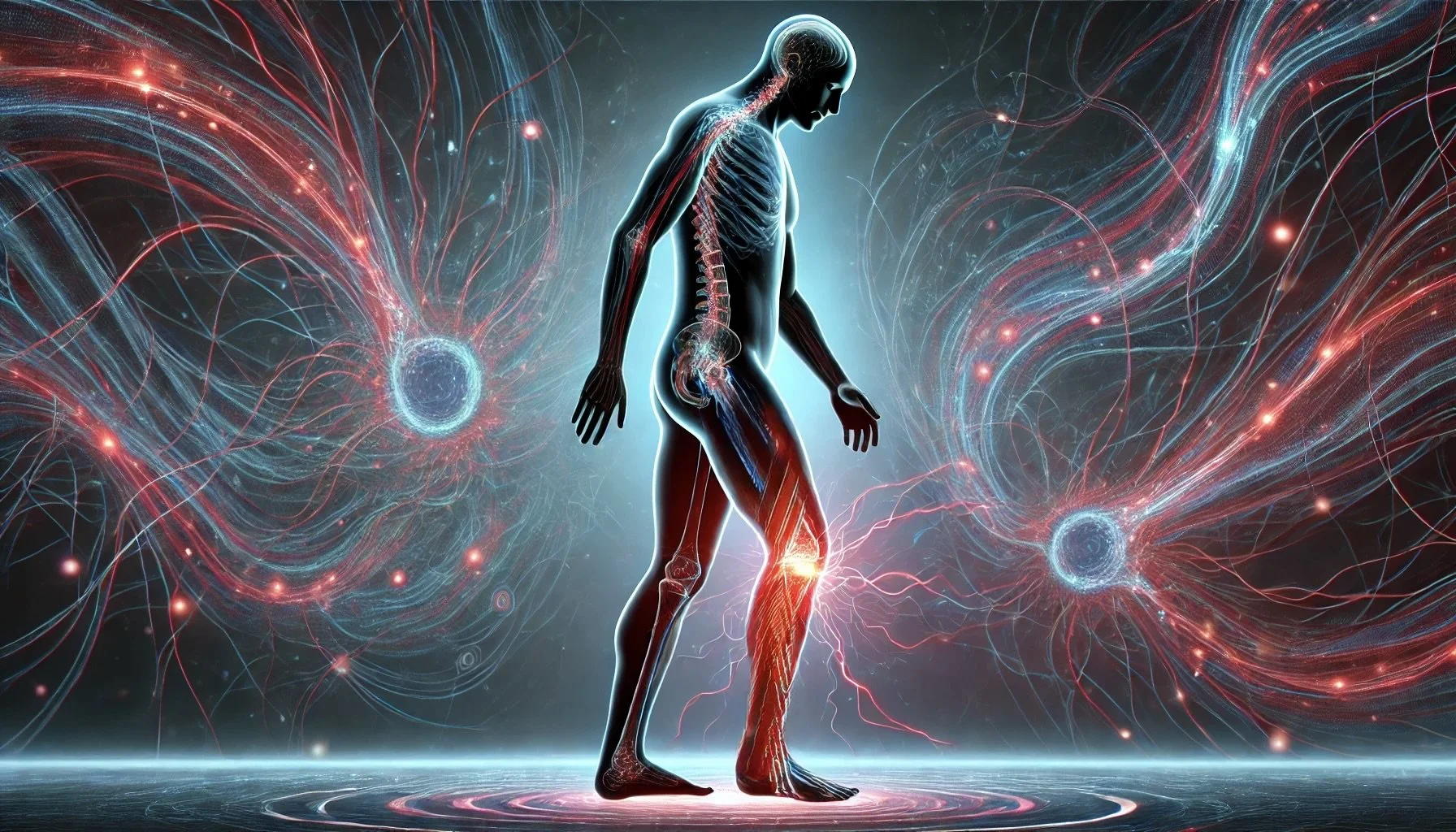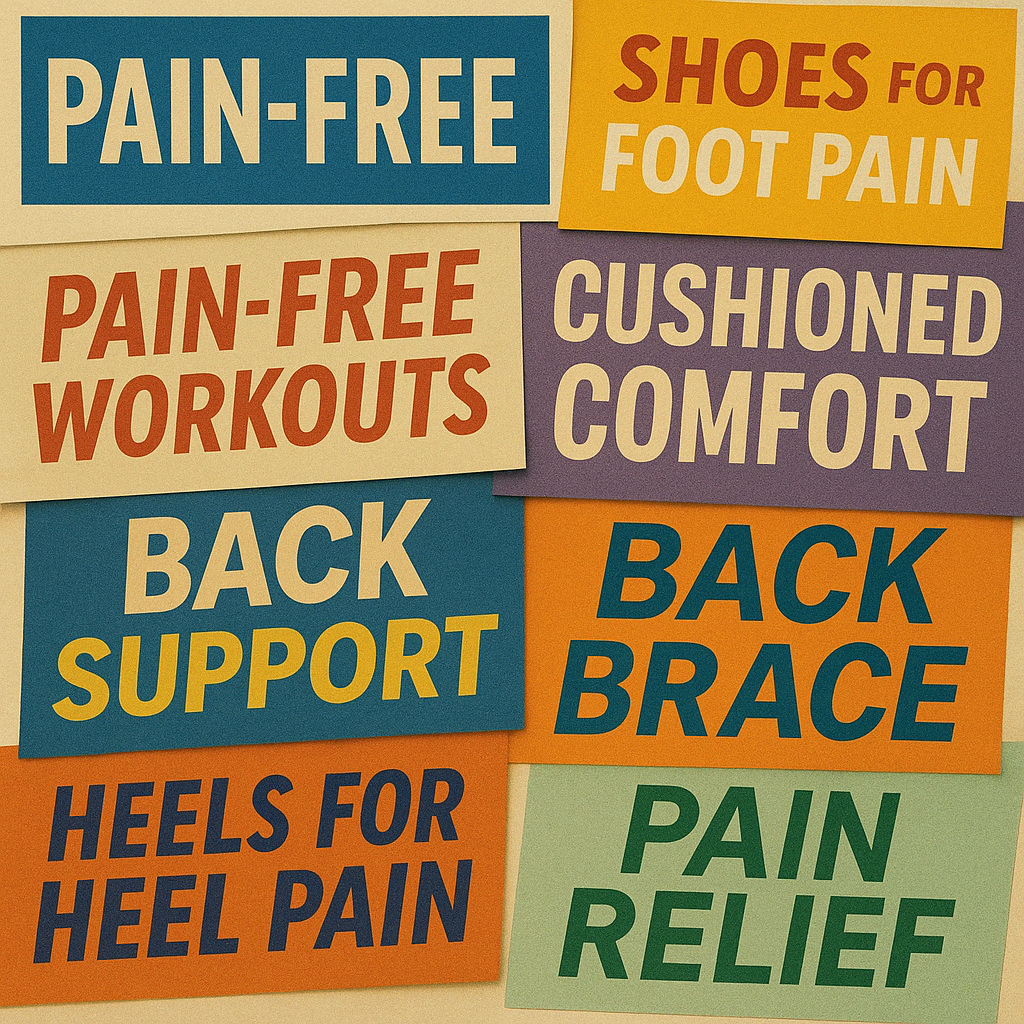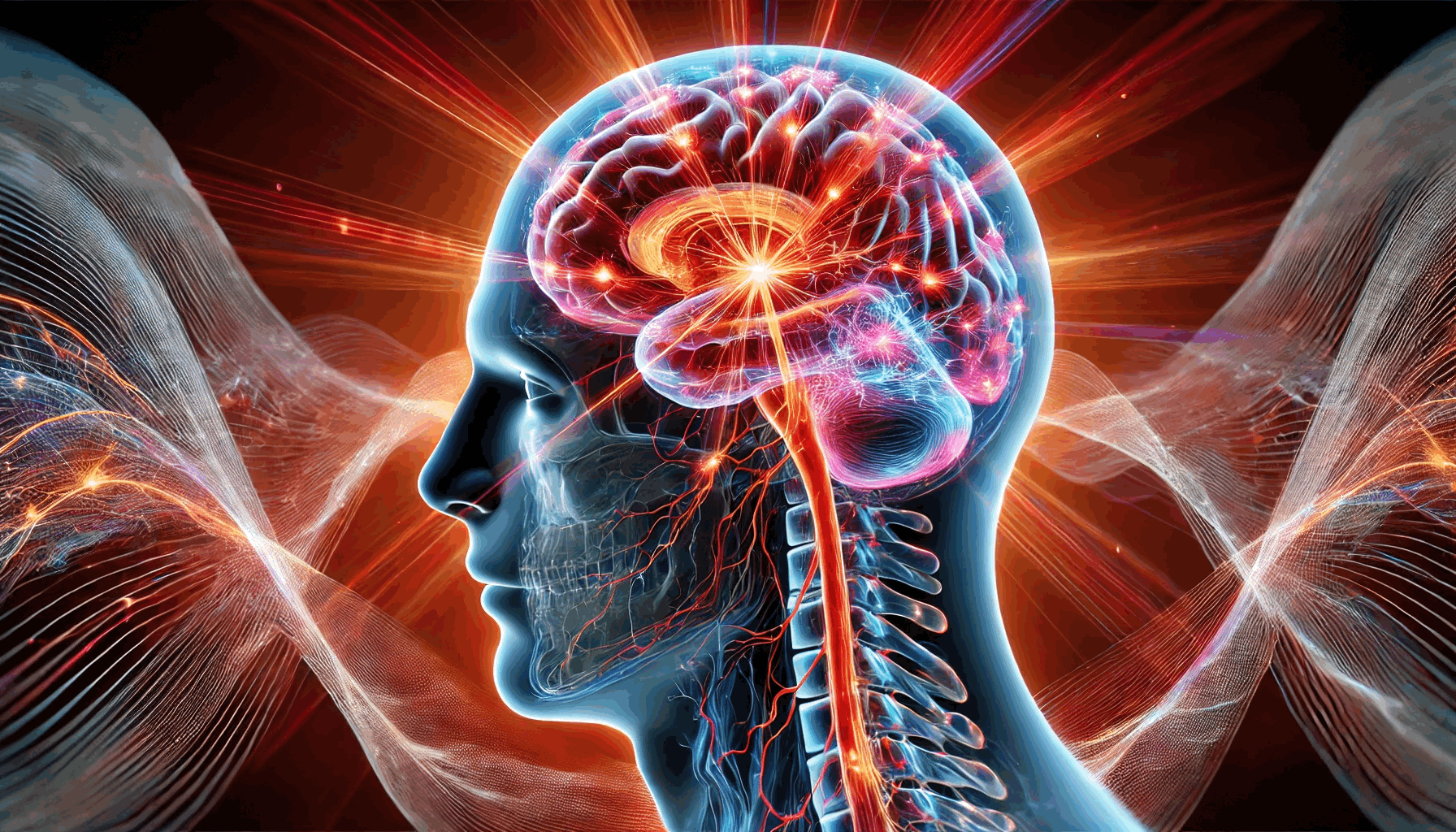🛠️ The Mechanical Illusion — Why We Keep Treating Chronic Pain Like a Broken Machine
Modern pain care is still dominated by a powerful metaphor: the body as a machine. When something hurts, we assume a part must be broken, worn out, or in need of repair. But chronic pain rarely behaves like a mechanical failure. This reflection explores how machine thinking narrows understanding, fuels fear, and quietly undermines healing—and why living systems require a very different kind of care.
Modern pain care is still dominated by a powerful metaphor: the body as a machine. When something hurts, we assume a part must be broken, worn out, or in need of repair. But chronic pain rarely behaves like a mechanical failure. This reflection explores how machine thinking narrows understanding, fuels fear, and quietly undermines healing—and why living systems require a very different kind of care.
💰When Healthcare Gets More Expensive, Your Agency Becomes Priceless
As Medicare Part B costs rise again, the conversation usually stays stuck on dollars and deficits. But there’s a quieter cost we rarely name: lost agency. When healthcare becomes more expensive, efficiency tightens, visits shorten, and systems look for compliance instead of understanding. In pain care especially, the question isn’t just who pays—it’s who decides. And in an era of rising costs, personal agency may be the most undervalued currency we have left.
As Medicare Part B costs rise again, the conversation usually stays stuck on dollars and deficits. But there’s a quieter cost we rarely name: lost agency. When healthcare becomes more expensive, efficiency tightens, visits shorten, and systems look for compliance instead of understanding. In pain care especially, the question isn’t just who pays—it’s who decides. And in an era of rising costs, personal agency may be the most undervalued currency we have left.
🚫 The Pain of Too Much: Why Healing Requires Saying No
In modern rehab, we often confuse more with better. But healing doesn’t happen when we add more tasks, it happens when we make space for what matters. Inspired by Greg McKeown’s Essentialism, this post invites you to say no to noise and yes to what restores agency.
In a world of more, sometimes healing starts with less.
“If you don’t prioritize your life, someone else will.”
— Greg McKeown, Essentialism
In modern rehab, we often confuse more with better.
But healing doesn’t happen when we add more tasks, it happens when we make space for what matters.
Inspired by Greg McKeown’s Essentialism, this post invites you to say no to noise and yes to what restores agency.
❓ Start With Why (In Pain)
Simon Sinek taught leaders to start with purpose. What if patients and clinicians did the same?
This piece explores how reconnecting with your why in the healing process can restore clarity, agency, and momentum — even in the middle of pain.
Pain isn’t just a problem to solve.
It’s a signal, yes — but often of something deeper: disconnection from purpose, identity, or meaning.
In medicine, we often leap to what to do: the exercise, the modality, the pill, the injection, the surgery.
But what if the most important healing question isn’t what or how…
—it’s why?
This piece explores how the framework made famous by Simon Sinek — “Start With Why” — applies just as powerfully to healing as it does to leadership.
It asks:
• Why do you want to heal?
• What would feeling better allow you to do, be, or reconnect with?
• And is your care aligned with that purpose — or pulling you further away?
This Wondering offers a way to re-anchor healing in meaning, and introduces the “Healing North Star” tool to help clarify and reclaim your why.
🧰📈 Reclaiming Work as a Health Outcome
What if getting back to work wasn’t the end of healing, but part of it? Work isn’t just economic. It’s emotional, social, and deeply tied to our identity. This piece rethinks how “return to work” can be reframed as a therapeutic milestone, not a discharge note.
Work isn’t just what we do — it’s where our identity, movement, and meaning often live. But when pain enters the picture, we tend to treat work as a risk factor instead of a recovery milestone.
What if we flipped the frame?
What if getting back to work is healing?
This piece explores how reclaiming meaningful work — not just as employment, but as purpose — could become one of the most powerful, overlooked outcomes in modern pain care.
🗽The Other Kind of Independence
“This July 4th, beyond the fireworks, lies a deeper freedom: freedom from pain, freedom of choice, freedom to reclaim your story. Independence isn’t just national—it’s personal.”
This July 4th, as fireworks explode, consider a different kind of independence—the one born in your body, your breath, your choices.
Independence isn’t just a national story. It’s personal:
Pain steals agency. It narrows your world and rewrites your story.
Claiming agency is an act of healing. It’s saying, “My pain doesn’t define me.”
Independence isn’t isolation. It’s the freedom to rest, move, ask for help, define recovery on your terms.
Small rebellions matter. A deeper breath. A step you thought you couldn’t take. A moment you reclaim.
This week, let your own quiet firework explode in your body. A declaration: I still choose.
What does independence look like on your healing path?
🩺 Healthspan Over Lifespan: Rethinking How We Age, Move, and Heal
We’re not just trying to add years to life — we’re trying to restore movement, meaning, and agency along the way. Pain science and longevity share more than we think.
What if the goal isn’t just to live longer — but to move, feel, and live better for longer?
We often chase lifespan — the number of years we stay alive. But what really matters is healthspan — the number of years we can move, think, and live with purpose and autonomy.
“The goal is not to live longer. The goal is to live better for longer.”
— Dr. Peter Attia
In the world of pain care, this hits deep.
Because pain doesn’t just hurt — it shrinks our healthspan. It makes people pull back from the very things that keep them well: movement, confidence, connection, and play.
What if we started treating pain not just as a symptom to manage, but as a healthspan issue to support?
That shift invites a different kind of care — one that focuses on rebuilding trust in the body, not just removing discomfort. One that asks:
How do we restore function?
How do we preserve agency?
How do we help people feel safe enough to live again?
That’s healthspan.
And that’s healing.
💤 Is Pain Like Sleep?
We used to think sleep was passive — now we know it’s essential. What if pain, too, is an evolved, intelligent process we’re only beginning to understand?
For centuries, sleep was seen as a passive, unproductive pause. But modern neuroscience revealed it’s one of the most active and essential processes in the body. Sleep repairs, resets, and rebalances us.
“Sleep is the single most effective thing we can do to reset our brain and body health each day.”
— Dr. Matthew Walker
What if pain is the same?
We’ve long treated pain as a glitch. But we now know that pain — especially chronic pain — is an adaptive, predictive system. It doesn’t just detect damage. It interprets threat, history, and meaning.
“Pain is not a measure of the state of your tissues. It is a measure of the state of the system that protects those tissues.”
— Dr. Lorimer Moseley
Pain is the body’s safety system at work, not a failure of biology. Like sleep, it can be disrupted by stress and reshaped by experience. Like sleep, it deserves understanding — not suppression.
We’re only just beginning to understand what pain really is.
That changes everything.
🧬Stronger Than DNA: How Expectation Rewrites the Body
What if belief is stronger than biology? This piece explores how mindset, expectation, and meaning can influence not just how we feel pain — but how our body responds to it.
Belief isn’t just mental — it’s physiological.
We talk about biology like it’s fixed.
“You have arthritis.”
“It runs in your family.”
“This is just how it is.”
But what if that story is incomplete?
Research shows that expectation can override biology — that pain, hormones, even body composition can change not just from what we do… but from what we believe.
People who believed a sugar pill would relieve pain — produced real pain relief.
People who believed they were exercising — saw measurable health benefits.
People treated as if they would succeed — often did.
Your body doesn’t just respond. It interprets.
And pain? It listens to story.
If the story is “you’re broken,” your biology will act accordingly.
But if the story shifts — toward safety, possibility, and trust — the nervous system starts to change too.
Expectation is part of the treatment.
Belief is part of the biology.
And sometimes, that’s stronger than DNA.
🧠 Pain ≠ Tissue Damage: Why Your MRI May Be Misleading You
Your MRI may show disc bulges or degeneration — but that doesn’t mean it’s causing your pain. In fact, studies show these changes are common in people with no pain at all. Pain isn’t just a signal from tissue — it’s a protective process shaped by meaning, memory, and context. Let’s rethink the scan and reclaim the story.
We often treat scans like absolute truths.
But one of the most important studies in musculoskeletal care (Brinjikji et al., 2015) showed something surprising: disc bulges, degeneration, and even herniations are common in people without pain.
So what gives?
Pain isn’t always about tissue damage. It’s not a direct readout from your body. It’s a protective output from your nervous system — shaped by context, beliefs, memories, and meaning.
In fact:
• Pain can persist long after tissue heals
• Pain can show up without structural damage
• Pain can improve when safety is restored
The old equation (Pain = Damage) is outdated.
✅ Imaging still matters, but it doesn’t tell the whole story.
✅ You are more than your MRI.
✅ And your pain is real — even if nothing “looks wrong.”
What if pain isn’t the body failing?
What if it’s the body protecting you?
🔄 The Pain Paradox: When Healing Hurts (and When Pain Is Actually Helpful)
We’re taught to fear pain. But what if some pain is actually helpful? From post-workout soreness to emotional breakthroughs, pain can be a sign of growth, not damage. When we learn to distinguish protective pain from productive pain, healing begins to make more sense — and feel less scary.
We’re taught to fear pain. But what if pain isn’t always a problem?
Healing often hurts — and not because something’s wrong, but because something is changing.
Like sore muscles after exercise or emotional discomfort in therapy, pain can be a sign of growth, not damage.
In Regenerative Pain Theory, pain is a form of intelligence — your body adapting, updating, responding.
It doesn’t always mean stop. Sometimes, it means keep going, wisely.
Pain isn’t always protective. Sometimes, it’s productive.
The trick is learning to ask: Is this pain harming me — or helping me heal?
Pain that leads somewhere isn’t suffering. It’s signal.
🔁 The Scapegoating of Pain: How Medicine, Meaning, and Identity Collide
When pain defies simple explanations, we often search for someone—or something—to blame. In medicine, that blame often lands on the patient’s own body. This piece explores how modern healthcare unconsciously echoes ancient scapegoating rituals, turning ambiguous pain into mechanical diagnoses and shrinking identities around fear. But there’s another way: one that restores meaning, agency, and the full complexity of what it means to hurt—and to heal.
When pain shows up without a clear cause, we panic — and medicine often reaches for easy scapegoats. “Bone on bone.” “Degeneration.” “Instability.” These labels offer comfort through certainty, but they can quietly erode a person’s confidence, identity, and sense of agency. We trade complexity for simplicity, and in doing so, the body becomes the villain.
But what if pain isn’t a crime scene… and the body isn’t the criminal?
This post explores how the search for answers in pain care mirrors ancient scapegoating rituals, where uncertainty is offloaded onto something we can name — even if it’s wrong. It challenges the biomechanical myths still dominant in medicine and offers a new path: one that honors complexity, restores trust, and rewrites the story from “I am broken” to “I am adapting.”
🧩 Pain Without Meaning: Why Pain Becomes Suffering When It Loses Its Story
Most people think pain is what breaks them. But it’s not the pain itself—it’s the loss of meaning. When pain feels random, confusing, and permanent, it turns into suffering. This piece explores how pain becomes bearable—even transformative—when we reconnect it to story, purpose, and dignity. Because pain doesn’t need to vanish to heal. It just needs to make sense.
We often assume it’s pain that breaks people. But it’s not the intensity of pain—it’s the absence of meaning that makes it unbearable. Just like hardship without purpose feels like despair, pain without story feels suffocating. When pain shows up without warning, lingers without cause, and resists all the usual fixes, it begins to feel personal—like a sentence rather than a signal.
This is when pain becomes suffering. Not because it’s severe, but because it’s senseless. The nervous system is trying to protect you, but when there’s no “why,” we begin to fear the pain itself. We question our bodies. We lose trust. We shrink. But if we can reconnect pain to meaning—if we can understand it as adaptation, not just damage—we give it context. We transform it from something to fear into something we can move with.
Pain that makes sense doesn’t disappear, but it becomes bearable. It becomes a process, not a punishment. When pain is seen as intelligent—something your body is doing for you, not to you—it opens the door to recovery, even before the pain fades. The goal isn’t just to eliminate pain—it’s to make it make sense again.
🕵️♂️ Why Are We Still So Afraid of Pain?
Why are we still so afraid of pain?
Despite all the science showing that pain isn’t always a sign of damage, we still treat it like a threat. We still rate it, avoid it, and design entire treatment plans around its elimination.
This piece explores how fear, culture, and medical systems have conspired to make pain seem dangerous—even when it’s not. It challenges us to shift our relationship to pain from one of fear to one of understanding, and to teach patients that pain isn’t the enemy. It's the start of a conversation.
For all our progress in neuroscience and rehabilitation, one stubborn fact remains: we’re still terrified of pain. Not just because it hurts, but because we’ve built a culture around avoiding it at all costs. Pain is marketed as a defect, a flaw, a failure. And even clinicians, trained in modern pain science, can get caught reinforcing the fear.
But pain isn’t the enemy. It’s a signal—sometimes a protector, sometimes a messenger. When we learn to listen to it, rather than eliminate it, we shift from helplessness to agency.
If we want to change the pain conversation, we have to stop fearing it first.
Read the Full Post on Substack ➡️
✨ What If Pain Is an Intelligence?
What if pain isn’t an error at all, but a form of intelligence—always learning, always adapting?
Pain doesn’t just arise from tissue damage. It comes from stories, memory, belief, and past experience. It works like an embodied AI system: collecting data, making predictions, guarding against threats. That’s the idea behind Regenerative Pain Theory: pain as a neural system shaped by information, not just injury.
The good news? Like any intelligent system, pain can be re-educated. Through trust, story, and guided movement, we can reshape how the body responds. Pain isn’t a punishment. It’s protection gone too far. And that means it can change.
Pain isn’t just a signal. It’s a storyteller, a learner, a protector. What if it wasn’t something broken—but something smart? In this piece, we introduce Regenerative Pain Theory: the idea that pain adapts like a neural network, shaped by meaning, memory, and past experience.
Unlike outdated models that see pain as damage, Regenerative Pain Theory views pain as a dynamic intelligence—not artificial, but embodied. It gathers data, makes predictions, and responds to patterns. The catch? If it learns the wrong story (like "movement is dangerous"), it can become overprotective.
But here’s the hope: just like AI, pain can be retrained. Through movement, trust, new narratives, and meaningful exposure, we can help the system adapt again—toward recovery, not retreat. Pain isn't a glitch. It's a form of biological intelligence waiting for a better story.
🌱 The New Story of Pain: From Broken to Becoming
What if pain isn’t a glitch in the body—but a signal of possibility? The old story treats pain as damage. But the new story reframes it as an adaptive, intelligent process rooted in meaning, memory, and connection. This shift could transform not only how we treat pain, but how we relate to our bodies—and ourselves.
We’ve inherited a story where pain means something is broken. The body is seen as a machine, and pain is the red warning light that something needs to be fixed, replaced, or silenced. This story built our protocols, powered our clinics — but it hasn’t healed us. In fact, it might be part of what’s keeping us stuck.
The new story of pain isn’t about brokenness. It’s about process. It tells us pain is a signal — not of damage, but of protection, perception, and potential. Pain is shaped by meaning, memory, and experience. It reflects not just what’s happening in our tissues, but what’s happening in our lives. And it can change — through story, movement, relationship, and trust.
This shift asks us to move beyond “what’s wrong?” and toward “what’s needed?” Beyond suppression, toward conversation. Beyond protocols, toward presence. When we embrace this new story, we don’t erase pain — we give it a place to move, to teach, to transform.
You are not broken. You’re becoming.
🧠 The AI Inside: Why Chronic Pain Isn’t Just a Longer Version of Acute Pain
Chronic pain isn’t just “pain that lasts longer.” It behaves more like artificial intelligence — adapting, learning, and protecting patterns. To change the pain, we have to change the system.
Most people think chronic pain is just acute pain that won’t go away. But they’re not the same thing — not even close.
Acute pain is like a reflex. It responds to damage, follows a predictable path, and usually fades as healing happens. But chronic pain behaves more like artificial intelligence: it adapts, it learns, and it builds patterns based on your history, beliefs, fears, and environment.
This isn’t pain as a symptom — it’s pain as a system. If we want to change the output, we have to change the way we understand it. Chronic pain doesn’t just protect you from injury. It protects a pattern. And that means it can be re-trained.





